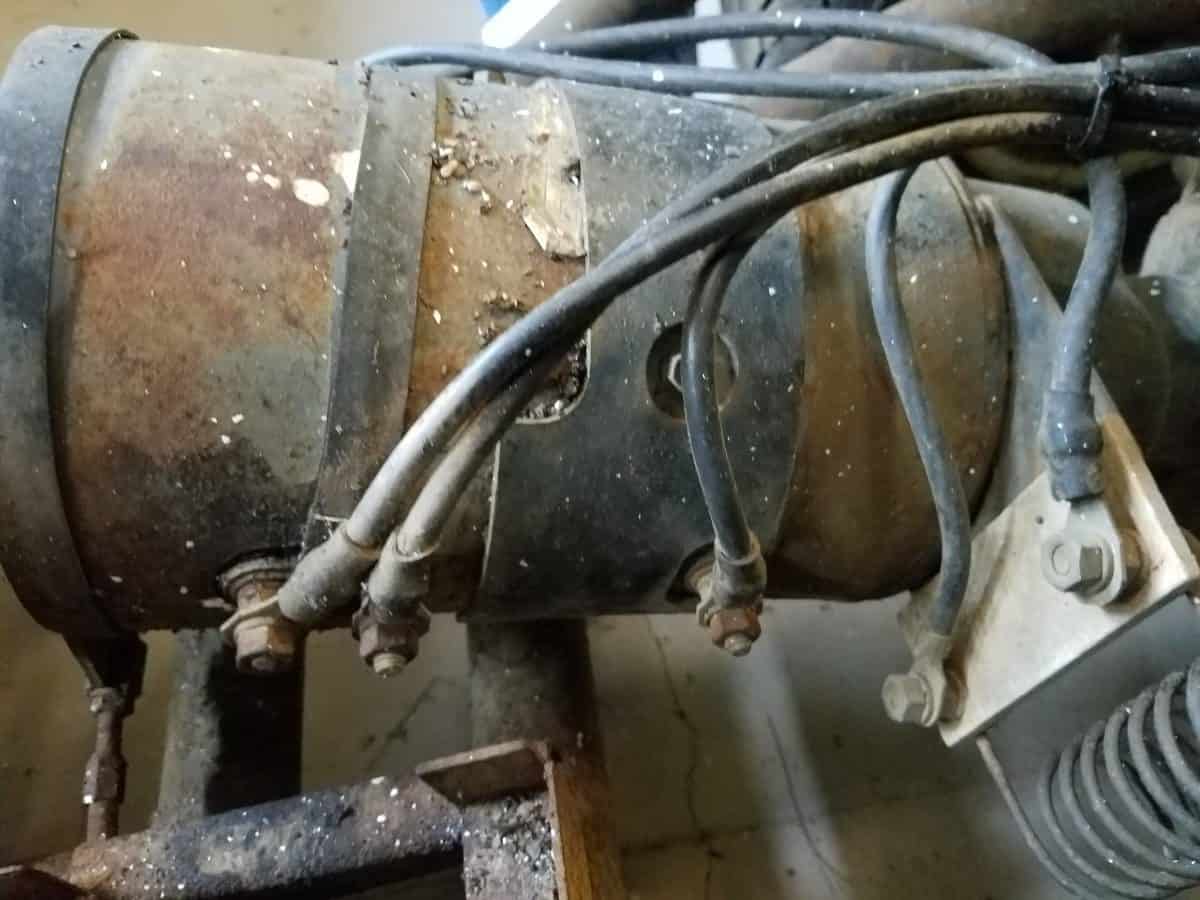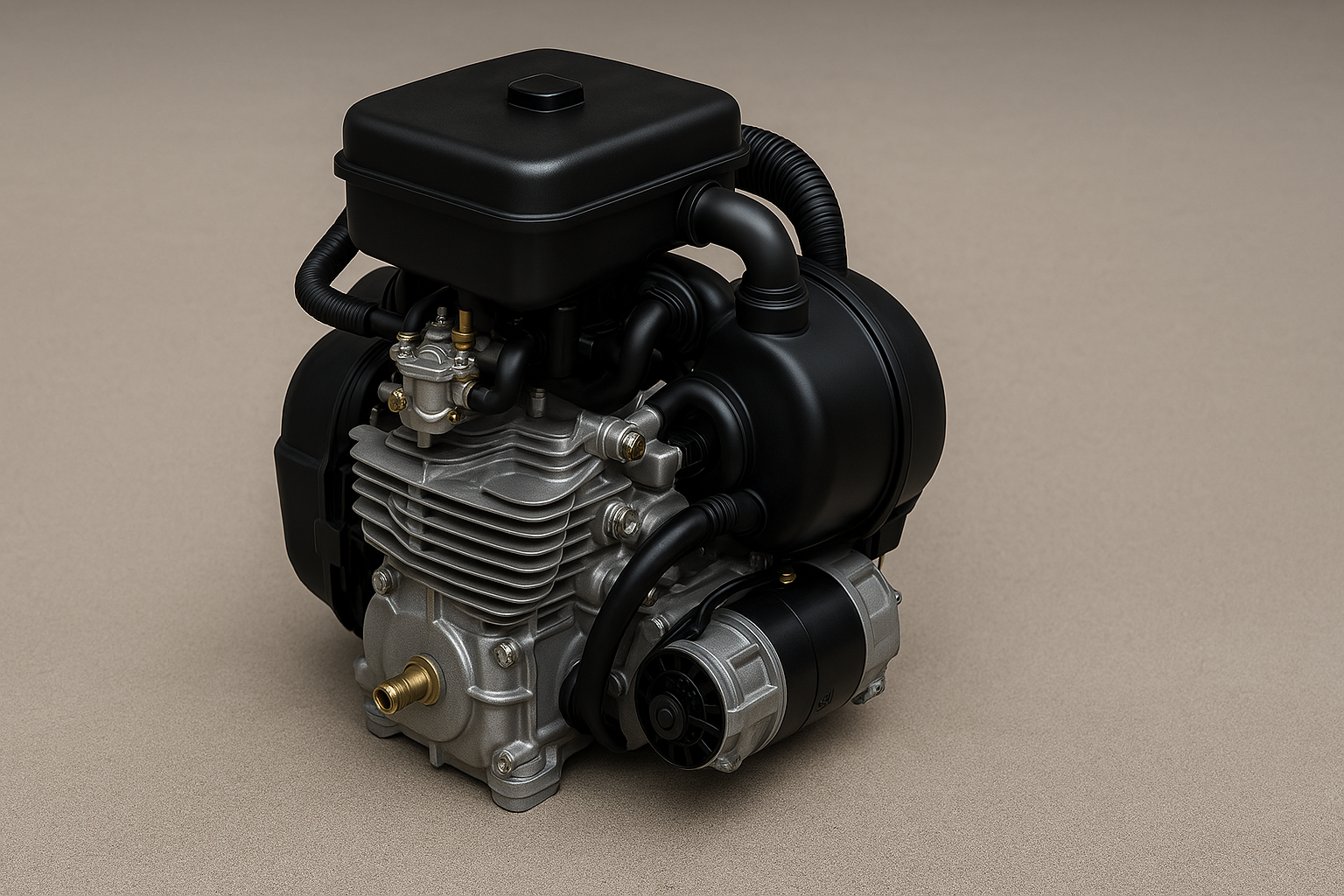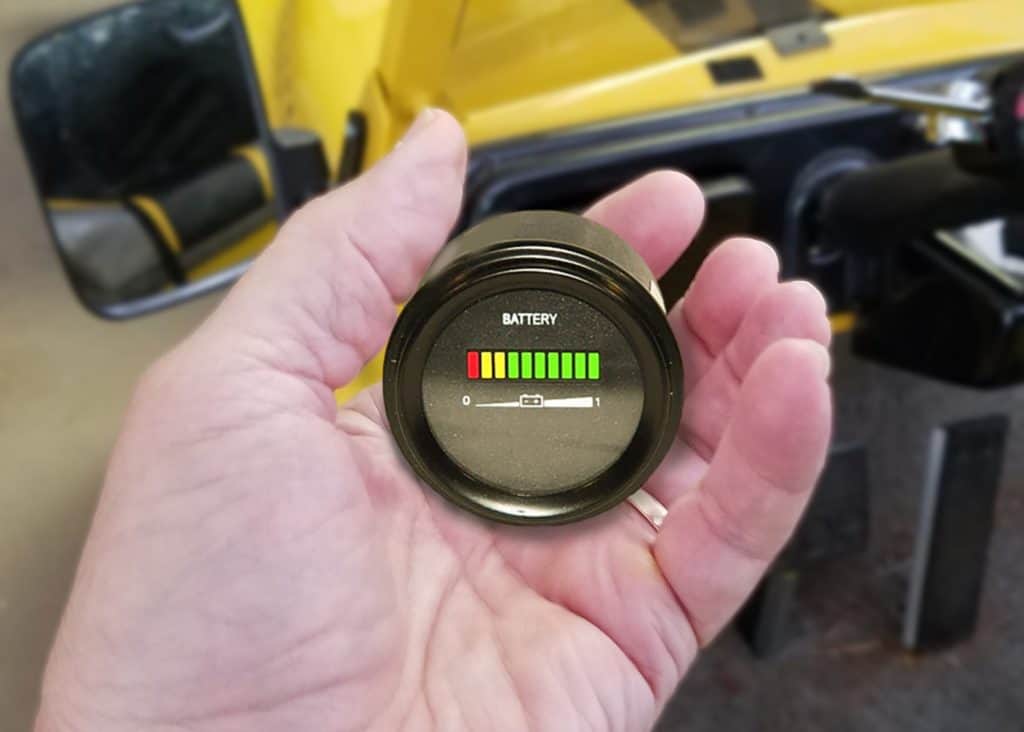Introduction – How To Test Golf Cart Motors
Electric golf carts typically run smoothly, providing efficient service without any hiccups. However, there may be times when you suspect that your golf cart isn’t performing at its best. If you notice a decrease in speed or a burning wire smell, there could be an issue with your golf cart motor.
To diagnose any issues without disassembling your cart, you can employ a simple testing method. All you need is a multimeter, a jumper wire, and a source of 12-24 volt power. These tools will allow you to evaluate the health and performance of your golf cart motor right in the cart itself.
This is a simple and easy way to keep your golf cart operating at its best, ensuring you get the most out of your investment. Remember, regular checks can help prevent more serious problems down the line.
How To Test Golf Cart Motors For A Short
Testing golf cart motors for a short is a fairly easy process. This is an important test to do on your motor before replacing the controller because a short could damage the new controller irreparably. Please note that this test will not find a short in the armature.
Begin by labeling the cables going to your electric motor and put a corresponding label on the motor itself if it does not already have one.
Assuming that we’re using a multimeter and not just a continuity tester, set your tester to the continuity setting and if it doesn’t have one, set it for ohms. Most testers will give you an audible beep sound indicating continuity, but if yours doesn’t have a beep then you will need to watch the meter.
Note that continuity testing is not directional, so it doesn’t matter if the red and black are reversed. Using the illustration below, run these quick tests for electrical shorts before continuing on to the functionality test.
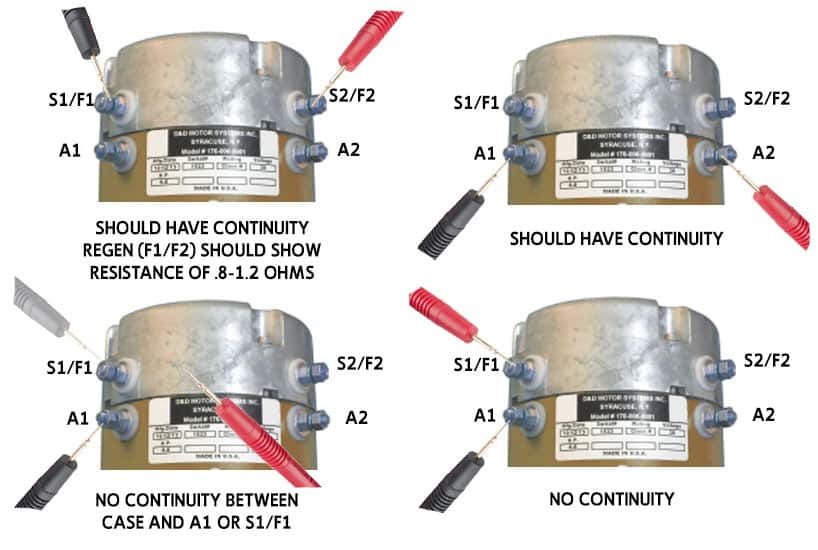
How To Test Your Series Golf Cart Motor For Functionality
Test your series golf cart by using a floor jack. Raise the back wheels of the cart, so they’re no longer touching the pavement. Naturally, the key switch is off since you’ve already removed the cables from the motor.
Wiring the motor up as shown will cause the motor to run when the switch is thrown (assuming there is no problem with it).
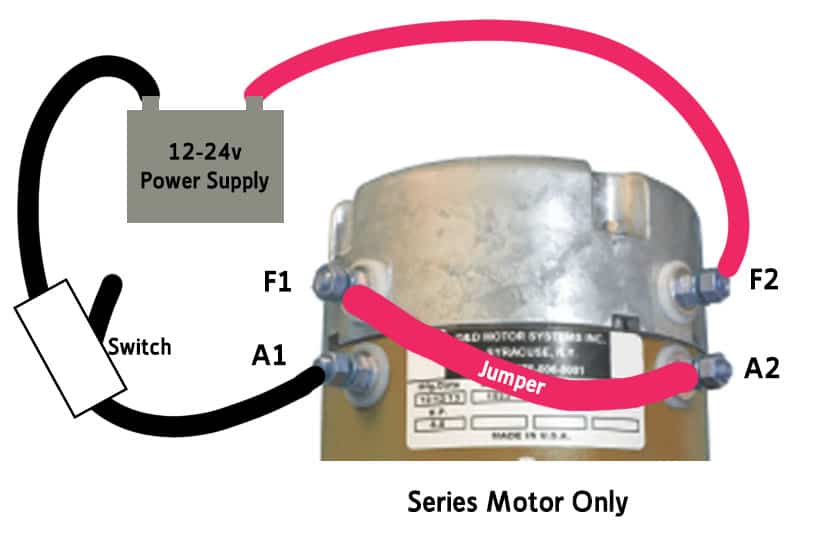
What Is The Difference Between Series and Sepex Motors?
The difference between series and sepex motors is illustrated below. A series motor has field and armature windings that have the power fed to them from the same source, either in series or parallel.

A SePex motor, as the name indicates, is a motor that has a separately excited field and armature windings. These two motor functions are sent to the PDS or DCS giving greater control over the motor.
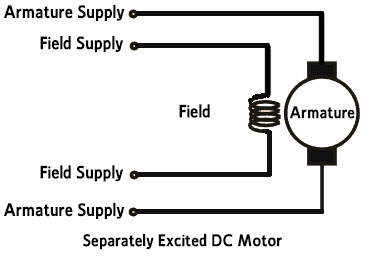
How Do I Tell What Kind Of Motor I Have?
In 1999, some golf cart manufacturers started offering Separately Excited Motors. Sepex (Regenerative) Motor carts have a toggle switch F&R device as opposed to the lever-action. In addition to this identifier, they have a tow/run or tow/maintenance switch which cuts power to the controller. Most of the modern-day carts are equipped with a Sepex motor.
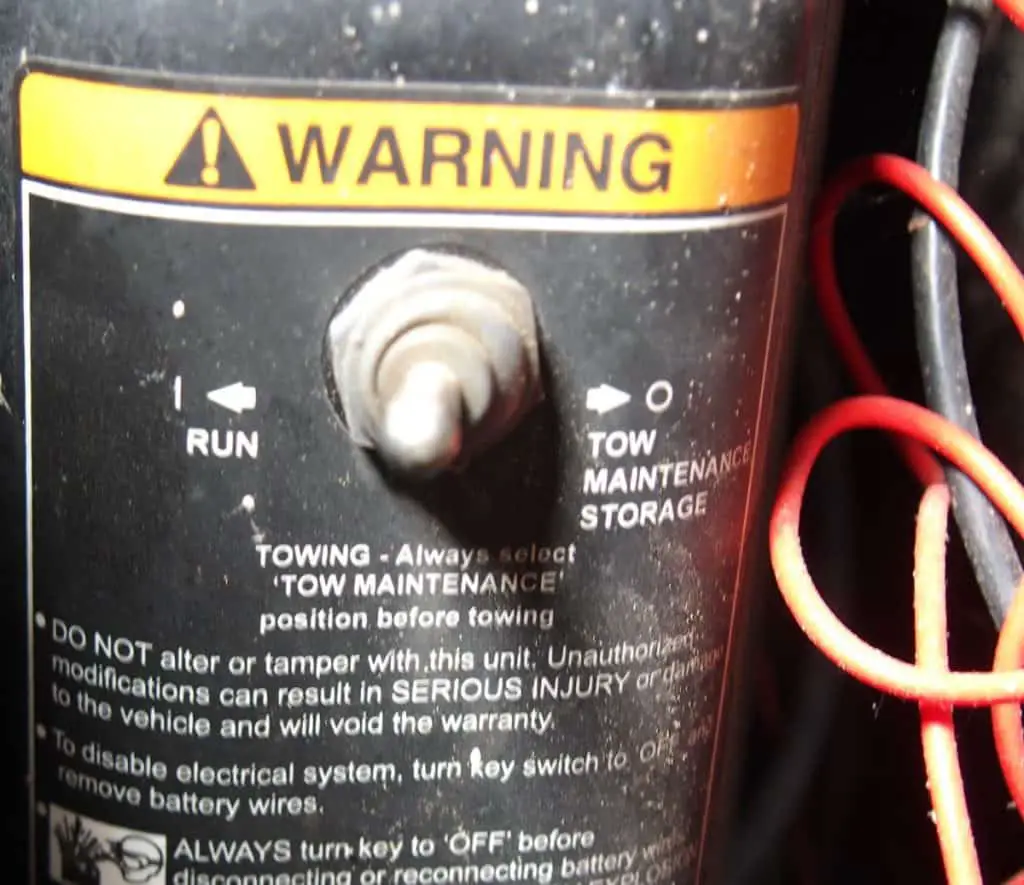
The advantage of the SePex motor is that they prevent the cart from freewheeling down an incline and over-spinning the armature. This form of electrical braking is switched on and off with the tow/run switch. Since most of the heavy lifting is done by the controller, the F&R switch and tow/run switch have a lighter gauge wire. There is also a controller pigtail coming out of the back of the electric motor as shown here…
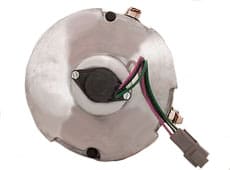
Sepex motors also have two different sized terminals connections. The A1 and A2 terminals are 5/8″ and the F1 and F2 terminals are 1/4″.
People Also Ask:
How to Troubleshoot an Electric Golf Cart
- It sounds absurd, but if your electric golf cart is not running, the very first thing I would check is the reset button on the side of the motor, if your cart is so equipped. Check around the outside of the motor and see if you can find a small button to press. This is usually a safeguard against overheating.
- The second item to check is the battery pack. Using your multimeter, check the voltage of each unit and see if they are up to the recommended voltage. If the voltage is not where it’s supposed to be, verify that the charger is operating properly.
- Remember that most modern battery chargers will not begin to charge your batteries until they detect a certain level of voltage present in the battery pack. If your batteries are too low for the charger to detect and it will not switch on, you’ll need to individually charge the batteries with a standard 12-volt battery charger. Once the batteries are at the minimum that the charger needs to see, there should be no problem charging them normally.
- Inspect the terminals of each of the batteries to make sure that no corrosion is preventing power from being transmitted down the line. Corrosion is the number one cause of poor connectivity in battery packs. If any of the terminals are dirty or corroded, use a solution of baking soda and water with a brush and clean each one individually.
- See if you can hear the solenoid click when you press the pedal. Provided that you have enough power to run your cart, the next thing you should hear is a click from the solenoid.
If there is voltage present and the pack reads the combined voltage necessary (36v or 48v) but no sound from the solenoid, it is time to really dig into the electrics. This could be a faulty solenoid or a problem with the pedal potentiometer and any of the wiring in between.
- Finally, if your cart is a newer model and you have a controller, you may need to run some preliminary tests on it.

